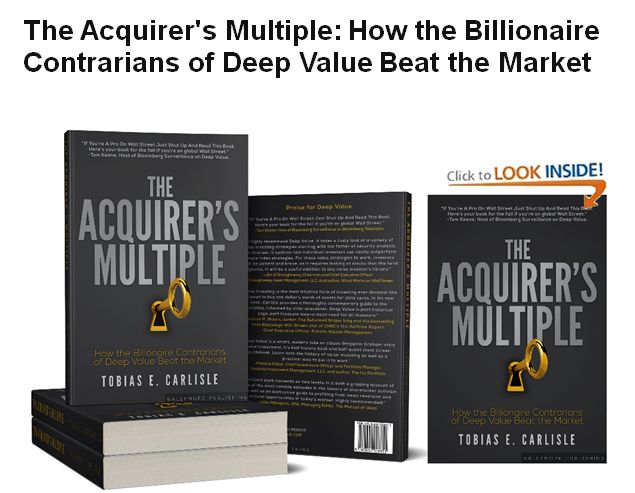In the world of investing, information is everywhere. We have real-time stock quotes, earnings reports, and economic forecasts at our fingertips. Yet, as Prem Watsa pointed out in his 2011 talk at Ivey Business School’s Value Investing Classes, “lots more information right doesn’t mean a thing because human nature hasn’t changed.”
This fundamental truth has been demonstrated time and time again. Consider the market crash of 2008 and the subsequent rebound. Watsa reminded his audience that at the start of 2009, the S&P 500 was sitting at 675.
“One year later it was almost 100% above,” he said. This kind of dramatic swing wasn’t about changes in business fundamentals—it was about emotion.
Investors had the same financial reports before, during, and after the crash. They knew companies were trading at three to four times earnings, yet fear ruled the market. Meanwhile, disciplined value investors saw opportunity.
“You could buy companies at three and four times earnings in 2008-2009—really good companies, financially sound,” Watsa said. Those who could separate sentiment from reality made significant gains.
But why does this happen? Why do markets behave irrationally when information is available to all? The answer lies in human psychology.
“The decision that you make with the information is still as inefficient as it always was because as human beings, we get really excited or we get depressed, and we vacillate between the two,” Watsa explained. Markets are nothing more than a reflection of our collective emotions, swinging between euphoria and despair.
Watsa draws on the wisdom of Ben Graham, who famously noted that over time, companies make money, pay dividends, and grow their book value. But the stock price? That’s a different story.
“The speculative element of businesses is stock prices. They just go up and down with no relationship—I emphasize, after 35 years—no relationship to what’s happening in a company,” Watsa remarked.
A striking example is Watsa’s own investment in Seagrams. “We bought Seagrams—you know, the whiskey guys—we bought them below cash per share,” he recalled.
The company had $70 in cash per share after selling an oil and gas business, yet its stock traded at $65. Essentially, the market was giving away the company’s assets for free.
So why did that happen? “People on the street felt that Seagrams would waste away that $65 in cash,” Watsa said. Decades later, they eventually did, but in the immediate aftermath, the stock doubled and trailed higher over time. Investors who trusted fundamentals over market noise were rewarded.
Watsa’s lesson is clear: information alone is useless unless paired with rational decision-making. Fear and greed will always drive the market, but successful investors rise above these emotions.
They recognize that while prices fluctuate wildly, intrinsic value grows steadily. The stock market is unpredictable, but as Watsa reminds us, “the information is freely available right now.” The question is—do we have the discipline to use it wisely?
You can watch the entire presentation here:
Prem Watsa: 2011 Ivey Value Investing Classes
For all the latest news and podcasts, join our free newsletter here.
Don’t forget to check out our FREE Large Cap 1000 – Stock Screener, here at The Acquirer’s Multiple:



